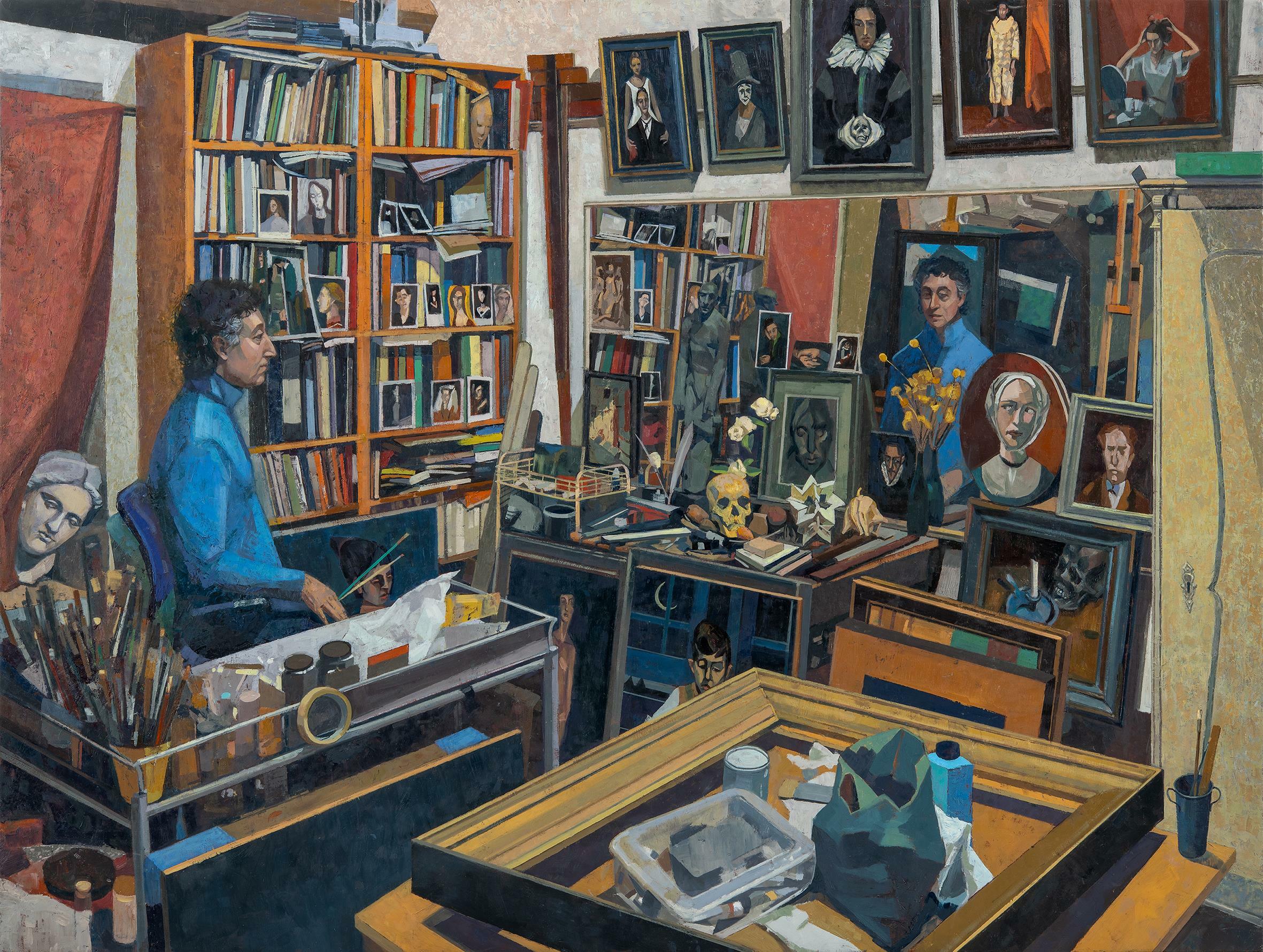Every purchase supports Mall Galleries
Spread the cost over 10 months with Own Art
Bespoke shipping service
Selected works
New
Artworks by price
Featured Artist: Mike Bernard RI
New
We are a charity
Mall Galleries is the home of the Federation of British Artists (FBA), a visual arts charity established in 1961 and based in London. Today, the FBA is composed of nine Art Societies that present their Annual Exhibition each year at Mall Galleries. Every purchase supports Mall Galleries / FBA's charitable mission.
